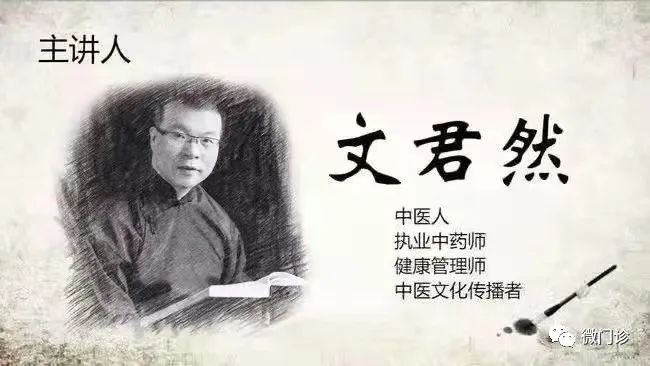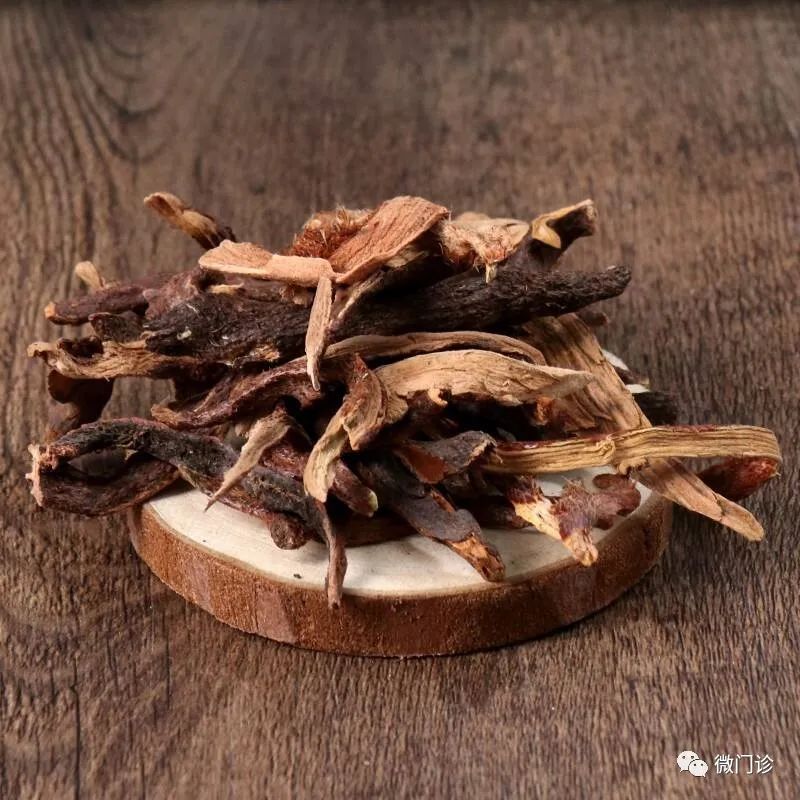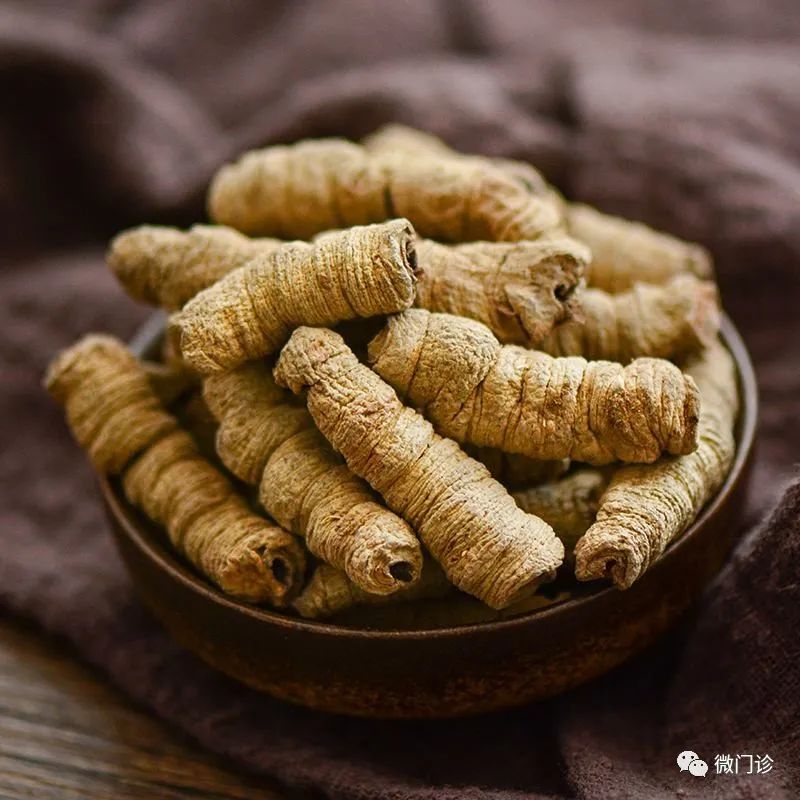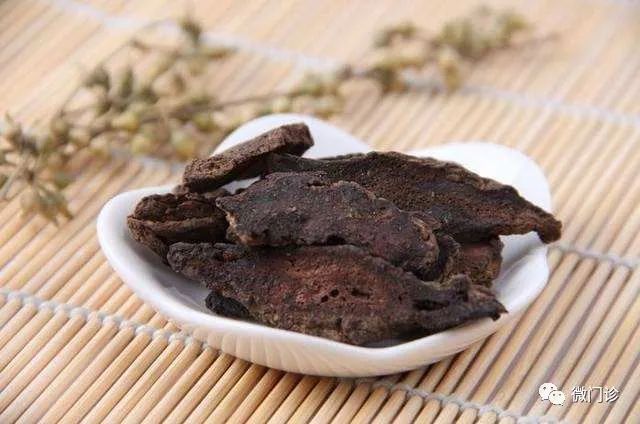
(This article is for learning and reference only and cannot replace medical advice and prescriptions. The combinations and formulas mentioned must be referenced and applied under the guidance of a TCM practitioner, and should not be attempted blindly.)
The theoretical basis of this article: “Chinese Men’s Health Science”
Hello, I am a TCM practitioner, Wen Junran.
In this article, I would like to discuss how TCM addresses Yang deficiency and premature ejaculation.
I have a case study on the treatment of this condition. I cannot claim it is perfect, but it is typical enough to illustrate the issue and has certain reference value.
The patient is a 29-year-old man.
This individual got married about two years ago. After marriage, his wife has not become pregnant. When his parents inquired, he hesitantly revealed the truth: he has a problem with premature ejaculation.
What to do? He needed to seek treatment quickly.
Who did he consult? A physician named Liu Xuezhu. He was born in 1906 and passed away in 1988, a disciple of Zhang Xichun, and quite reputable in Tianjin.
Upon examination, the physician noted the patient’s pulse was thin, and his tongue was pale red. After careful inquiry, it was found that the patient’s lower abdomen often felt cold.
During the diagnosis, Master Liu specifically asked: “Did you indulge before marriage?”
The patient could only lower his head in acknowledgment.

Seeing this, Master Liu kindly advised: “You are still young. As long as you start changing your habits now, conserve your essence, and take care of your body, everything can improve.”
Then, he prescribed a formula. It included:
Shu Di Huang (Rehmannia Root) 20g, Shan Yao (Chinese Yam) 15g, Guo Kui Bu (Euphorbia) 18g, Zhi Fu Zi (Prepared Aconite) 10g, Rou Gui (Cinnamon) 10g, Sang Piao Xiao (Mantis Egg Case) 15g, Chao Wei Pi (Stir-fried Hedgehog Skin) 10g, Xian Ling Pi (Epimedium) 10g, Rou Cong Rong (Cistanche) 12g, Gou Ji (Cibotium) 12g, Ba Jitian (Morinda Root) 10g.
All of these should be decocted in water, with three doses to be taken daily.
What was the result? After using the formula, the patient felt comfortable in his body. Especially in the lower abdomen, he experienced a long-lost warmth.
Master Liu advised him to continue the medication and for the couple to sleep separately. The original formula was slightly adjusted, and another three doses were prescribed.
In the end, the patient’s symptoms resolved, the couple lived harmoniously, and soon his wife became pregnant.
This is the basic course of the medical case. It is recorded in “Yilin Zhuizhi”.
The reasoning here is quite representative.
As you can see, the patient had a thin pulse, a cold lower abdomen, and an insecure essence gate. From a TCM perspective, this indicates Yang deficiency.
Yang deficiency means insufficient warming. Insufficient warming leads to a cold sensation in the lower abdomen. Insufficient kidney Yang results in a weak pulse, hence the thin pulse. The kidneys are responsible for storage. With kidney Yang deficiency, storage is inadequate, leading to insecurity of the essence gate.
Therefore, the fundamental solution to the problem lies in warming the kidneys and assisting Yang, along with securing the essence.
Master Liu’s prescription is simple and pure. Let’s review it again:
Shu Di Huang (Rehmannia Root) 20g, Shan Yao (Chinese Yam) 15g, Guo Kui Bu (Euphorbia) 18g, Zhi Fu Zi (Prepared Aconite) 10g, Rou Gui (Cinnamon) 10g, Sang Piao Xiao (Mantis Egg Case) 15g, Chao Wei Pi (Stir-fried Hedgehog Skin) 10g, Xian Ling Pi (Epimedium) 10g, Rou Cong Rong (Cistanche) 12g, Gou Ji (Cibotium) 12g, Ba Jitian (Morinda Root) 10g.

In this formula, Shu Di Huang and Shan Yao nourish the kidney essence.It is akin to lubricating the body.
Once lubricated, if you ignite a fire, it can burn. Thus, Guo Kui Bu, Zhi Fu Zi, Rou Gui, Xian Ling Pi, Rou Cong Rong, Gou Ji, and Ba Jitian are added. These are all warming and tonifying kidney Yang herbs.
On this basis, Sang Piao Xiao and Chao Wei Pi are added. Both of these herbs have the effect of securing and consolidating essence.
Therefore, this formula is particularly simple and easy to understand, primarily aimed at nourishing kidney essence, strengthening kidney Yang, and securing essence, with a focus on warming and tonifying kidney Yang.
Next, there is a question: how did this 29-year-old man develop kidney Yang deficiency?
The answer is clear; it is related to the patient’s prior indulgence before marriage.
Some may argue, “Teacher Wen, you TCM practitioners take this issue very seriously. Is the impact really that significant? Modern TCM men’s health science even suggests that ejaculation can be beneficial for preventing and treating prostate diseases. Therefore, saying it harms Yang Qi might be an exaggeration.”
In fact, this primarily relates to each individual’s innate constitution.
It can be said that if a person has a poor innate constitution and weak Yang Qi, they are more likely to experience Yang deficiency, abnormal warming, and inadequate storage due to this bad habit. The key lies in the fact that different individuals have different constitutions, leading to varying impacts and consequences.

Therefore, it is still a matter that we must treat with caution.
In fact, there are many causes of premature ejaculation in men. These include deficiency of both heart and spleen, excessive liver fire, disharmony between heart and kidneys, and of course, kidney Yang deficiency and insecure kidney Qi. Relatively speaking, patients with kidney issues are still the majority. Kidney Yang deficiency and insecure kidney Qi are the key focus. This key point allows us to observe many patients systematically. Their overall state often exhibits the characteristics of cold, weakness, and deficiency.
Cold refers to local coldness and aversion to cold.
Weak refers to a weak pulse and weakness in the legs.
Deficient refers to mental fatigue, easy sweating, and poor endurance.
These three are common states of patients with premature ejaculation due to kidney Yang deficiency.
Alright, I will stop here regarding this matter. The combinations mentioned in the text are for reference only; non-professional readers must consult a TCM practitioner for guidance before attempting to apply them, and should not try them blindly.
The end of the article.

